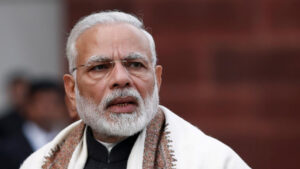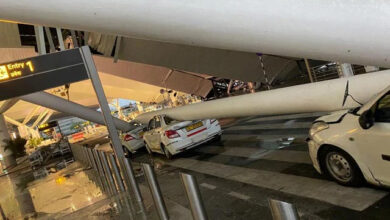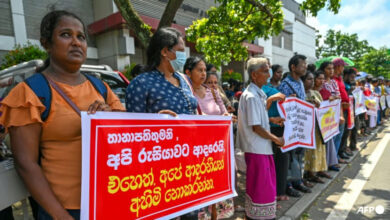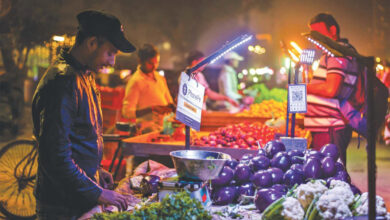Modi’s Varanasi: A Testament to Religious and Economic Transformation Amid Election Season
As Varanasi prepares for the final phase of India’s colossal election on June 1, the city stands as a microcosm of Prime Minister Narendra Modi’s dual influence in politics and development. Modi, who represents this ancient constituency, is anticipated to win comfortably, but the margin of victory will be a critical indicator of his party’s national performance.
Modi’s roadshow on May 13 encapsulated the essence of his campaign style—grandiose and meticulously choreographed. Supporters, allegedly brought in from nearby districts, lined the streets to shower him with marigold petals. This spectacle, reminiscent of previous campaigns, is designed to project an image of overwhelming support, especially significant in Varanasi, a city with deep religious resonance for Hindus.
Vishwambhar Mishra, a professor at IIT Benaras Hindu University, notes that while Modi’s victory is a given, the focus is on whether he will replicate his 2019 margin of 600,000 votes. The BJP hopes that Modi’s presence will boost its prospects in 13 other critical constituencies in Uttar Pradesh, where competition from the opposition INDIA alliance is fierce.
Modi faces a familiar rival in Ajay Rai of the Congress party, who contested against him in 2019. Rai’s candidacy has been met with skepticism, even within his party, leading to defections such as that of former congressman Anoop Mishra, who now supports Modi. “Prime Minister Modi will be amply rewarded this time. Rai cannot do much,” Anoop Mishra stated, reflecting a common sentiment in the city.
Beyond the political theatrics, Modi’s imprint on Varanasi is undeniable. The historic Kashi Vishwanath Temple, a major draw for pilgrims, has seen significant infrastructural improvements under his tenure. Narrow, congested lanes have given way to widened roads and a new highway, enhancing accessibility between the airport and the temple. This transformation is emblematic of Modi’s broader vision for Varanasi as both a spiritual and a commercial hub.
The economic impact of Modi’s initiatives is evident. Visitor numbers skyrocketed from 5.5 million in 2014 to 54 million in 2023. This surge has spurred a hospitality boom, with hotels experiencing makeovers and high occupancy rates even during typically slow seasons. Varanasi, once primarily a destination for poorer pilgrims seeking spiritual solace, now attracts a diverse demographic, reflecting its evolution into a thriving, multifaceted city.
Modi’s efforts also extend to commerce linked to the city’s religious significance. The launch of a river port on the Ganges in 2018 exemplifies his commitment to enhancing Varanasi’s infrastructure. This development has facilitated both pilgrim and commercial activities, integrating the city more deeply into the national economy.
As Varanasi votes, the outcome will not only reflect Modi’s personal popularity but also the resonance of his developmental agenda. The city’s transformation under his leadership serves as a testament to his dual strategy of leveraging religious heritage for economic gain, a model that has fortified his political base.
In this final vote, Varanasi stands as a symbol of Modi’s broader vision for India—a blend of tradition and modernity, spirituality, and development. The election results will reveal whether this vision continues to captivate the nation as it has transformed this ancient city.



![Mumtaz Zahra Baloch, spokesperson for Pakistan's Foreign Ministry, says the country believes in constructive dialogue with the US [Courtesy of Pakistan Ministry of Foreign Affairs]](https://southasiancorrespondent.com/wp-content/uploads/2024/06/pak-1-390x220.jpg)

